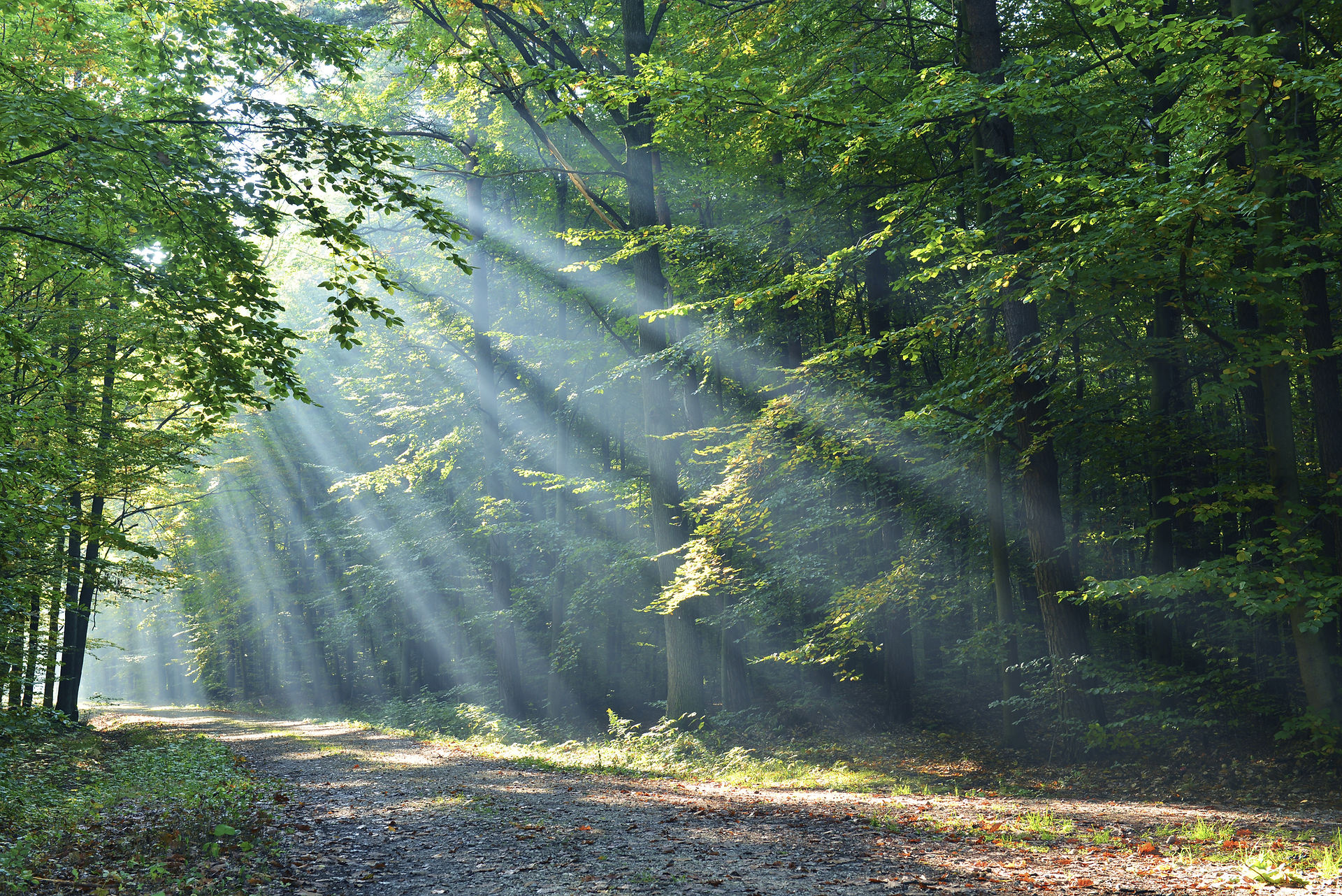- Granny Bonnet

In 1970’s Norwich, there was a much-loved local character called ‘Marigold’. He was a black man which in itself was fairly unusual in those days, but equally eye-catching was his mode of dress. This included black wellington boots and bright yellow rubber kitchen gloves, and I was astonished to learn Marigold only passed away in 2015 aged 74 after some years in a care home in Thetford.
I only recently found out his actual name was Alvin Braithwaite (a common surname in the West Indies, and that he had emigrated to Britain in the 1960's). He worked for a time on the London underground before moving to Norwich to take up a job in the print industry.
After suffering an accident, this loving family man was left with mental problems and he subsequently moved into St Martin’s House on Westwick Street where he lived for several years. St. Martin's is a long-established charitable trust, that cares for the homeless of Norwich.
We always had an eye open for Marigold when we drove into Norwich as to everyone's amusement, the cheery chappie frequently spent his days directing Norwich’s traffic. I remember seeing him at the bottom of Grapes Hill waving his arms at the busy intersection with Dereham Road. He was even known to occasionally put his gloves on broomsticks for higher visibility.
At other times, he frequented Norwich railway station, walking the platforms end to end by the hour, perhaps remembering back to his days working with the trains in London.
Good old Alvin! Few people judged him and most watched out for him, and he is held in great affection by the many people of Norwich who were lucky enough to encounter him. I must confess, a smile comes to my face on many an occasion as I slip on my yellow rubber kitchen gloves. Thanks for the memory 'Marigold'








